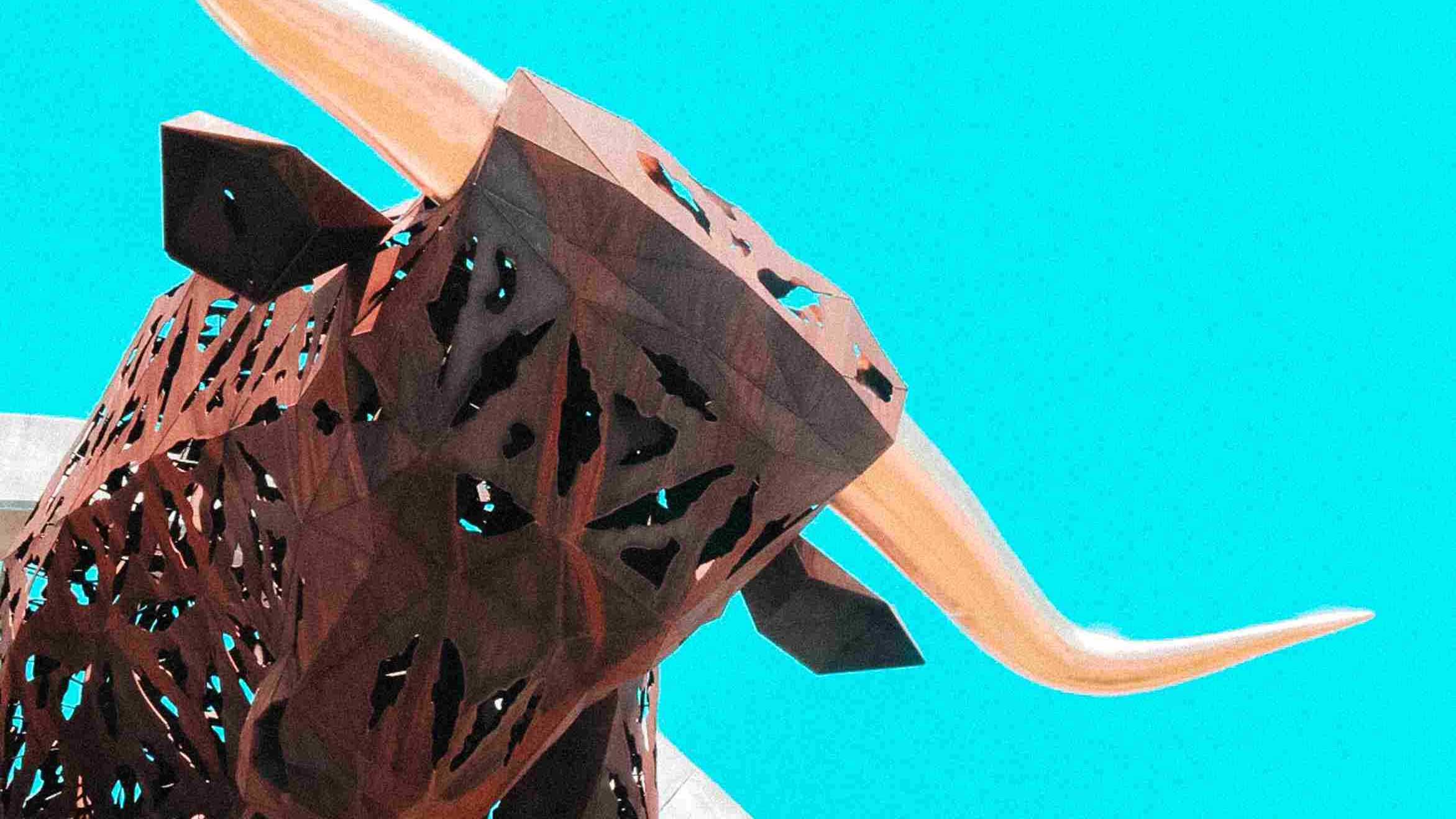Busting the Myth: Do Bulls Really Get Angry When They See Red? 🐂🔴

Introduction: The Myth of the Red Rag and Angry Bulls
For generations, the image of a matador waving a red cape in front of an enraged bull has become synonymous with bullfighting and popular culture. The thought that bulls fly off the handle when they see red is profoundly imbued in our shared perspective. Notwithstanding, is there any reality to this deep rooted legend?In this blog, we embark on a journey to bust the myth regarding bulls and the color red, exploring exact data and scientific evidence that sheds light on this intriguing animal behavior.
The Perception of Color in Bulls
Bulls' Color Vision
Bulls, like many other mammals, are dichromatic, which means they have two types of color receptors in their eyes: cones that are sensitive to green and blue wavelengths of light. They lack cones that are sensitive to red light, making them partially color blind.
Dichromatic Vision
The lack of red-sensitive cones in a bull's eyes means they do not perceive the color red as vividly as humans do. To a bull, the color red appears more like a shade of gray or brown.
The Bullfighting Tradition
The Red Cape and Bullfighting
The association between bulls and the color red can be traced back to the tradition of bullfighting. Matadors use a red cape, or muleta, to maneuver and provoke the bull during the performance. The dramatic visual spectacle has perpetuated the myth that bulls react aggressively to the color red.
Provoking Aggression
In a bullfighting context, the aggressive behavior of the bull is not primarily triggered by the color red but by the movement of the cape and the actions of the matador. Bulls are naturally territorial and defensive animals, and the presence of the matador, along with the cape's movements, can provoke them to charge.
Bulls and Color Perception
Bulls' Natural Vision
In their natural environment, bulls roam in pastures, interacting with other cattle and their surroundings. Color, including red, is just one element in their environment, and it does not hold any specific significance to them as a threat or trigger for aggression.
Response to Movement and Proximity
Bulls are more sensitive to the movement and proximity of objects rather than their color. When a matador waves the cape close to the bull and makes sudden movements, the bull perceives it as a challenge and reacts accordingly.
Bull Behavior in the Wild
Social Hierarchy
In the wild or natural environments, bulls live in social groups with well-defined hierarchies. Aggressive behaviors are more common during mating seasons or when bulls compete for dominance within the group.
Aggression as Defense
Bulls may display aggression when they perceive a threat to themselves, their territory, or their herd. This defensive behavior is not related to the color of the perceived threat but rather to the bull's instinctual response to protect itself and its group.
The Role of Bullfighting in the Myth
Cultural Influence
The perpetuation of the myth regarding bulls and the color red is heavily influenced by cultural traditions, folklore, and popular media. Bullfighting, as a widely recognized spectacle, has played a significant role in shaping public perception.
Entertainment vs. Reality
It is essential to distinguish between the theatrical and entertainment aspects of bullfighting and the natural behavior of bulls in their native environments. The actions of bulls in a bullfighting arena are influenced by the circumstances of the performance and do not accurately represent their behavior in the wild.
The Ethical Debate
Animal Welfare Concerns
The use of animals in bullfighting and related activities, particularly bulls, has raised ethical arguments and concerns about animal welfare. Many animal welfare organizations argue against using animals for entertainment, highlighting the need for more caring and respectful animal care.
Shifting Perspectives
As societal attitudes towards animal welfare evolve, some regions and countries have implemented bans or restrictions on bullfighting and related practices. Public awareness campaigns and education about animal behavior also contribute to dispelling myths and fostering a greater understanding of animals' natural behaviors.
Conclusion: Debunking the Red Myth
As we conclude our exploration into the myth of bulls getting angry when they see red, we find that the reality is quite different from the popular perception. Bulls' responses to red are resolved not by their view of the actual variety, but rather by the movements, closeness, and ways of behaving of people or different creatures. Understanding creature conduct right at home is basic for scattering misguided judgments and developing a more noteworthy regard for the regular world and its occupants.
🐂 Unravel the truth, for within the realm of animal behavior lies a world of fascinating insights and complexities. 🚫🔴


